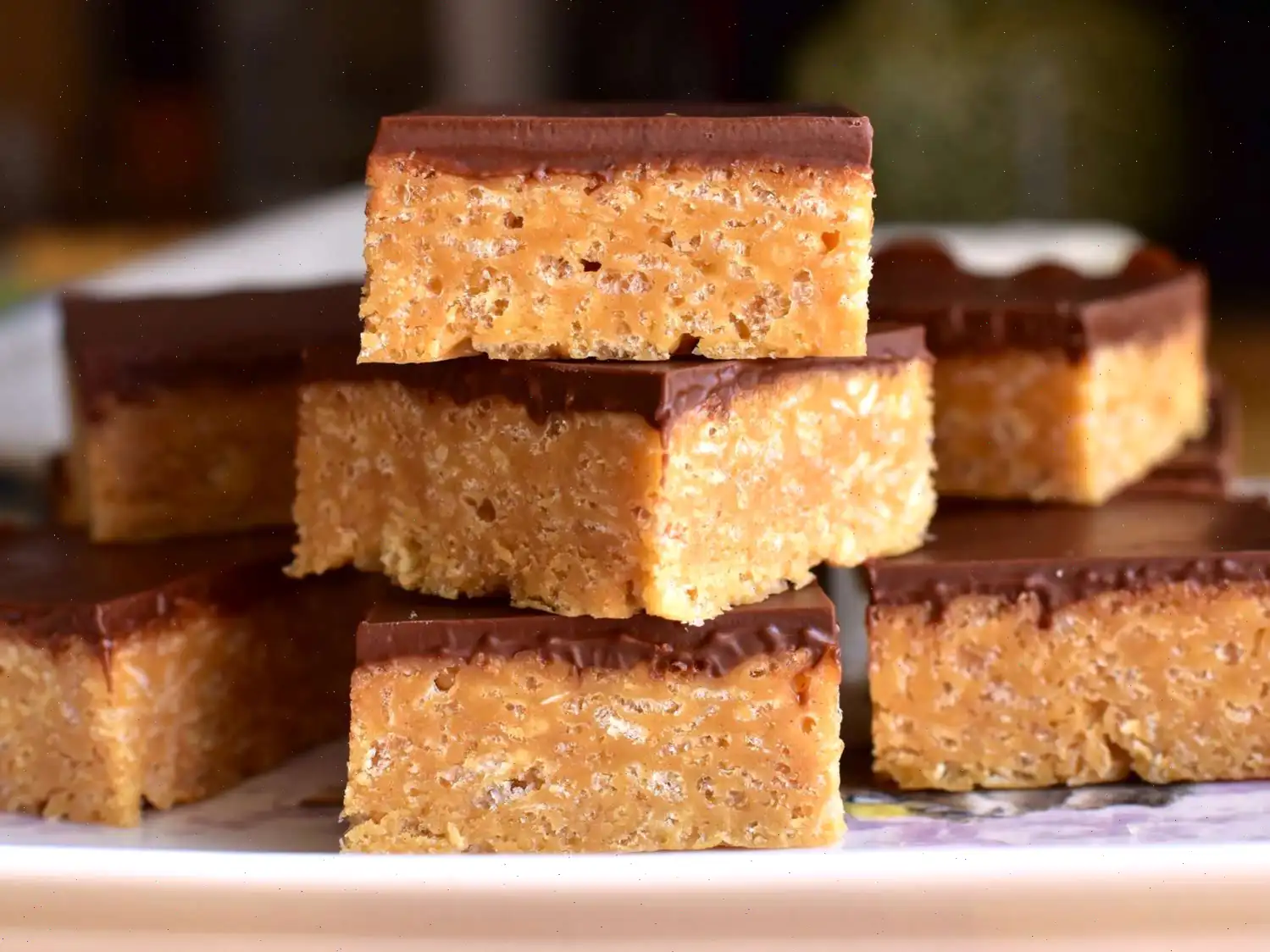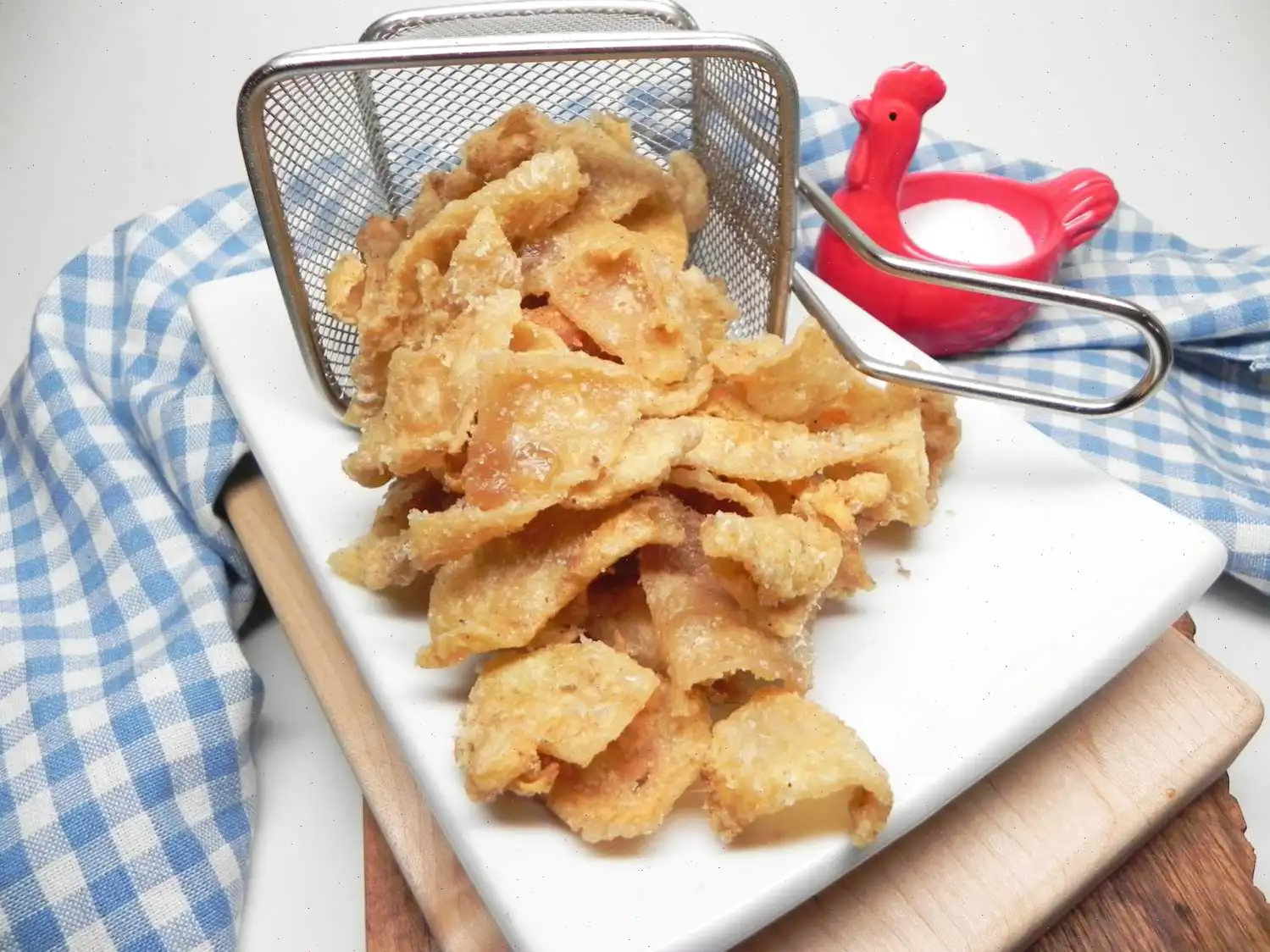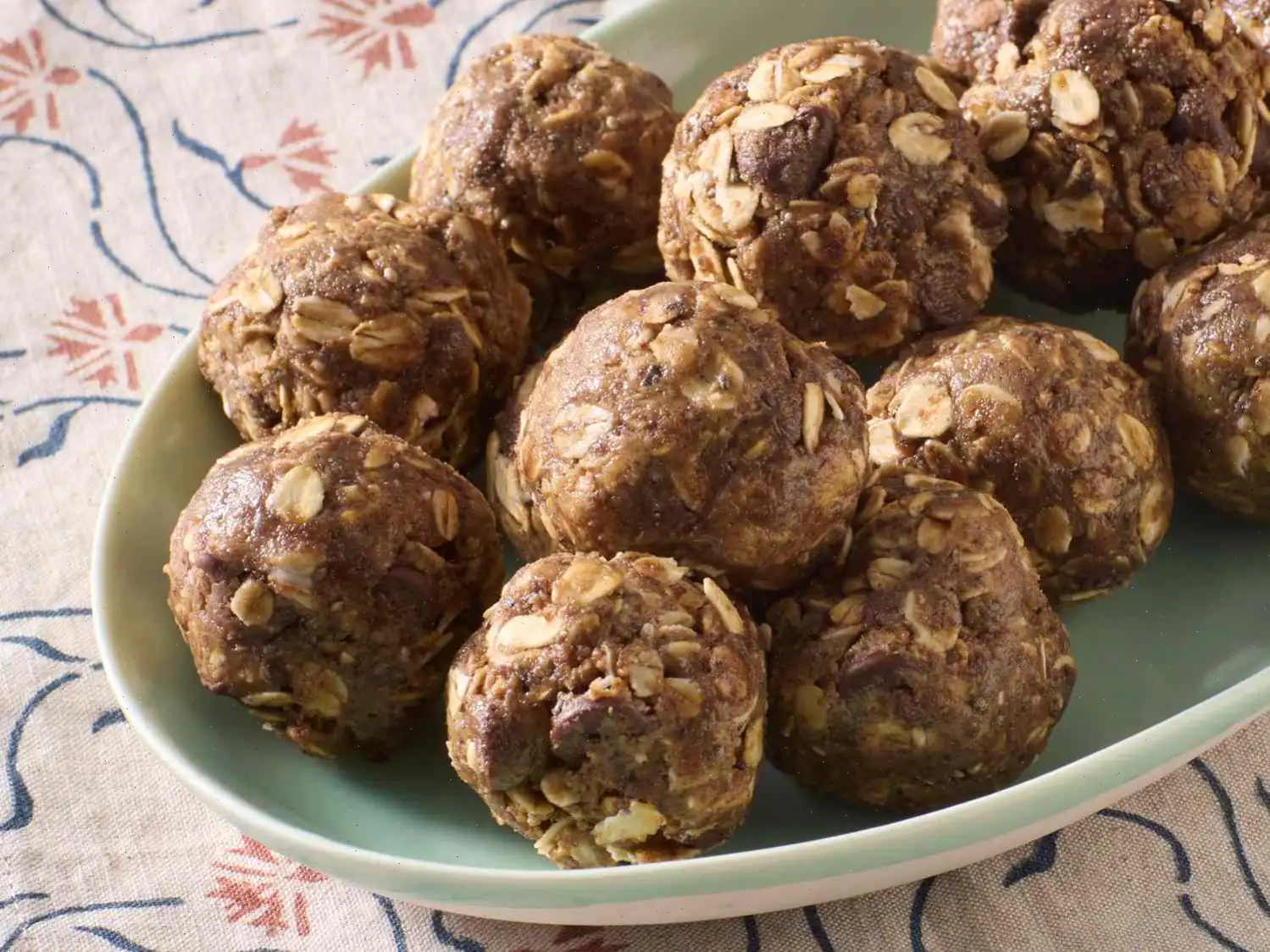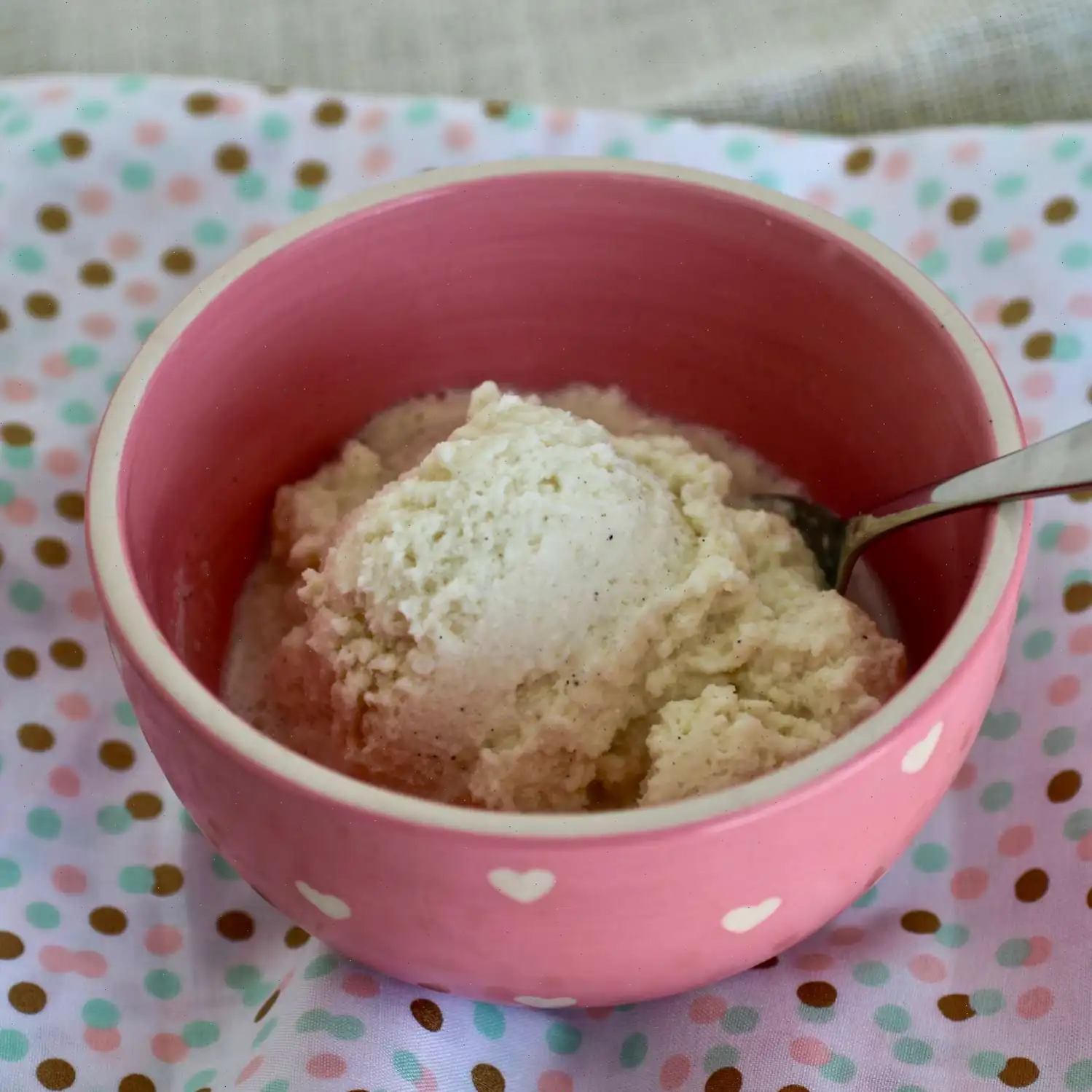
Cottage Cheese Brownie Batter Recipe
Ingredients
This recipe is crafted to serve 6 people. Ingredient amounts are adjustable, but cooking steps remain consistent.
- 1 cup small-curd cottage cheese (4% milkfat)
- 6 tablespoons maple syrup (or to taste)
- 3 tablespoons unsweetened cocoa powder
- 3 tablespoons quick oats
- 1 tablespoon almond butter
- 1 teaspoon vanilla extract
- 1 teaspoon instant espresso powder (optional)
- 1 pinch of salt (or to taste)
- 1 cup blanched superfine almond flour
- 5 tablespoons semisweet chocolate chips
Directions
- Place cottage cheese, maple syrup, cocoa powder, oats, almond butter, vanilla, espresso powder, and salt into a high-speed blender.
- Blend until the mixture is completely smooth and creamy.
- Add the almond flour to the blender and blend again until fully incorporated. Use pulsing to prevent the mixture from warming up.
- Transfer the batter into a mixing bowl and gently fold in the chocolate chips.
- Serve immediately for a fresh dessert, or cover and refrigerate for up to 5 days for later enjoyment.
Nutrition Facts (per serving)
- Calories: 275
- Total Fat: 15g (20% DV)
- Saturated Fat: 3g (15% DV)
- Cholesterol: 6mg (2% DV)
- Sodium: 163mg (7% DV)
- Total Carbohydrate: 28g (10% DV)
- Dietary Fiber: 4g (14% DV)
- Total Sugars: 19g
- Protein: 10g (19% DV)
- Vitamin C: 0mg (0% DV)
- Calcium: 122mg (9% DV)
- Iron: 3mg (15% DV)
- Potassium: 278mg (6% DV)
* Percent Daily Values are based on a 2,000-calorie diet. Your daily values may vary depending on your needs. Nutrient data may not cover all ingredients. Consult a healthcare professional for medical or dietary restrictions.
The Story Behind Cottage Cheese Brownie Batter
The Cottage Cheese Brownie Batter is a modern twist on traditional brownie recipes, designed to satisfy chocolate cravings while incorporating a healthier and protein-rich ingredient. The idea of using cottage cheese in desserts emerged in the early 20th century in Europe, where dairy-based sweets were common, but it gained renewed popularity in the United States as part of the health-conscious dessert movement in the 2010s. By blending creamy cottage cheese with cocoa and natural sweeteners, this dessert creates the rich texture of brownie batter without the need for eggs or flour.
Regional Variations
Although this recipe is popular in American kitchens, it reflects influences from multiple regions. In Europe, particularly in Scandinavian countries, cottage cheese or quark has long been used in desserts like cheesecakes and creamy pastries. In the U.S., the addition of almond flour and maple syrup is a distinctly North American adaptation, providing a gluten-free and naturally sweetened version. Some regional variations also incorporate espresso powder, chocolate chips, or a touch of nut butter to enhance flavor and texture, creating unique profiles depending on local tastes.
How It Differs From Similar Desserts
While traditional brownies rely on butter, eggs, and wheat flour for structure, Cottage Cheese Brownie Batter substitutes cottage cheese and almond flour, making it denser, creamier, and slightly tangy. Unlike protein bars or typical no-bake desserts, this batter can be enjoyed raw, offering a decadent taste without baking. Its texture is smoother than oatmeal-based snacks and richer than standard protein puddings, creating a balance between indulgence and nutrition.
Where It Is Commonly Served
This dessert is versatile in presentation. It is often served as a quick snack at home, a post-workout treat due to its high protein content, or as part of a brunch spread. Cafs and health-focused eateries sometimes offer it in small cups or jars, garnished with fresh fruit or a sprinkle of cocoa. Its refrigerated shelf life of up to five days makes it convenient for meal prepping and portion-controlled desserts, perfect for modern lifestyles.
Interesting Facts
- Cottage cheese, the key ingredient, is rich in casein protein, which digests slowly and provides prolonged satiety.
- The combination of cocoa powder and espresso intensifies chocolate flavor without increasing sugar content significantly.
- Using almond flour makes the recipe naturally gluten-free, appealing to those with dietary restrictions.
- Despite being a raw batter, the dish is safe to consume due to the absence of raw eggs or wheat flour.
- This recipe has inspired variations worldwide, including vegan adaptations using plant-based cottage cheese substitutes.








